Hello everyone, nice that you found your way to this blog article. My name is Moritz Fink-Neckermann and I’m studying Industrial Engineering and Management with a focus on Innovation and Product Management at the DHBW Bad Mergentheim, in my fifth practical semester. In this article I would like to tell you a little bit about my student research project, which I wrote during the 5th theory semester.
With the start of the fifth theory semester in October 2019, the work on the student research project also began. In consultation my project supervisor, I decided already towards the beginning of September to work on the topic “Feasibility analysis for the presentation of systems engineering at the example of the Arnold Umformtechnik GmbH & Co. KG: Possibilities and recommendations for design”.
The focus of the student research project was the use of Microsoft HoloLens. The HoloLens is a so-called AR-glasses, which enables the wearer to see holograms in three-dimensional real space. The DHBW Bad Mergentheim has been involved in applied cooperation projects for several years now to assess the advantageous application possibilities of the MS HoloLens in everyday industrial life. The partner company with which I could work during my student research project was, as the title of the project suggests, the Arnold Umformtechnik GmbH & Co. KG. Coincidentally, one of the contact persons on the part of the partner company was also a lecturer at the DHBW, who I already knew from my third semester, more precisely from the subject “Construction Theory II”
After I had spent a few days at the beginning of the project dealing with the basic technical functionality of MS HoloLens and the representation of CAD (Computer-Aided-Design) objects as holograms, I was able to take up the first requirements of the company representatives in a project kick-off meeting. Out of this first meeting the content of the study work moved away from the 3D representation of machines, towards the so-called “remote support”. This area of application of HoloLens aims to assist service technicians on site remotely during maintenance or servicing work. The use of such technology can pay off from many different angles. On the one hand, the number of business trips of experts (e.g. engineers, …) can be significantly reduced and related costs can be cut. On the other hand, a fast and reliable repair or maintenance and thus the reduction of machine-related downtimes can be guaranteed for customers.
In order to determine which software solution is the best in the area of remote support, part of the student research project was a software comparison followed by a laboratory test. After I had finished this and other topics, such as a cost analysis, I was finally able to print and hand in the thesis. 
The use cases of Augmented Reality technology are almost unlimited and will become more and more relevant in the future in industry, but also in other sectors such as medicine. Finally, I am very happy that I got the opportunity to write my student research project about a current, practice-oriented topic like this one.
Here is a link to a (German) newspaper article:: https://www.fnweb.de/fraenkische-nachrichten_artikel,-bad-mergentheim-interessantes-kooperationsprojekt-_arid,1593571.html










